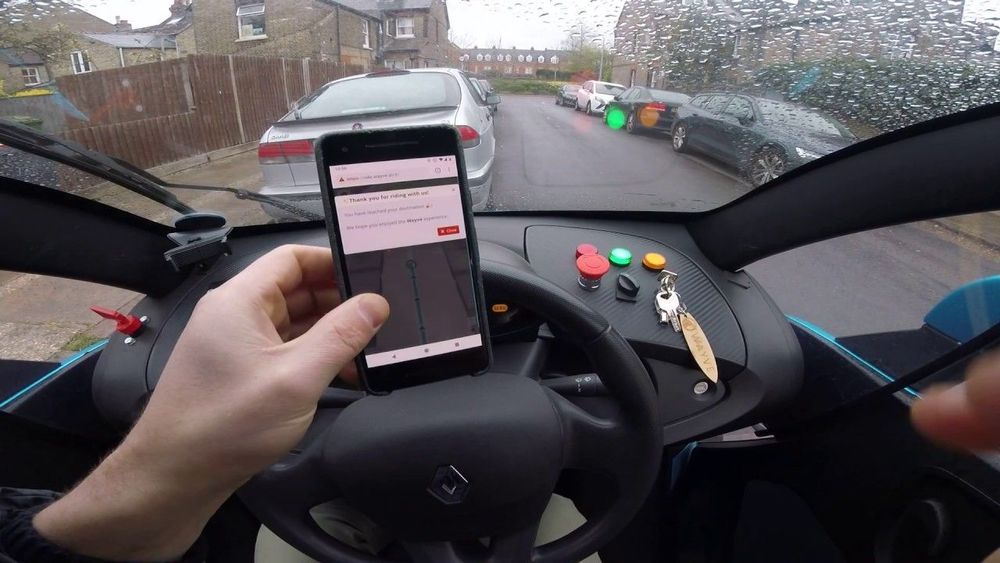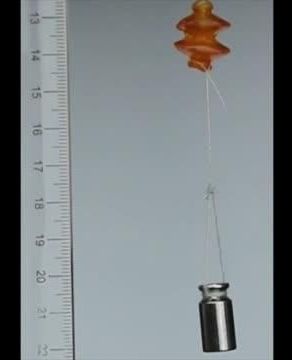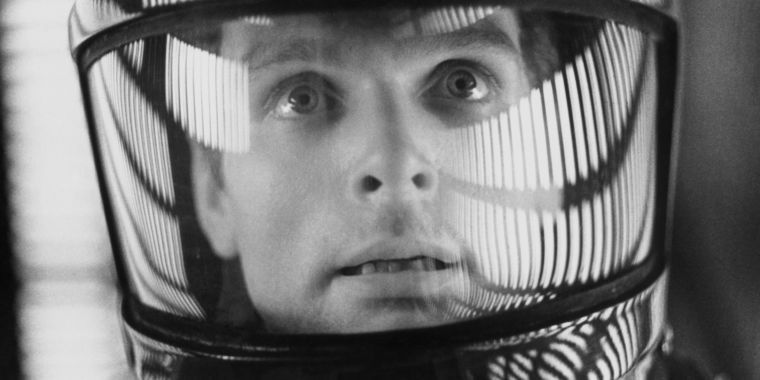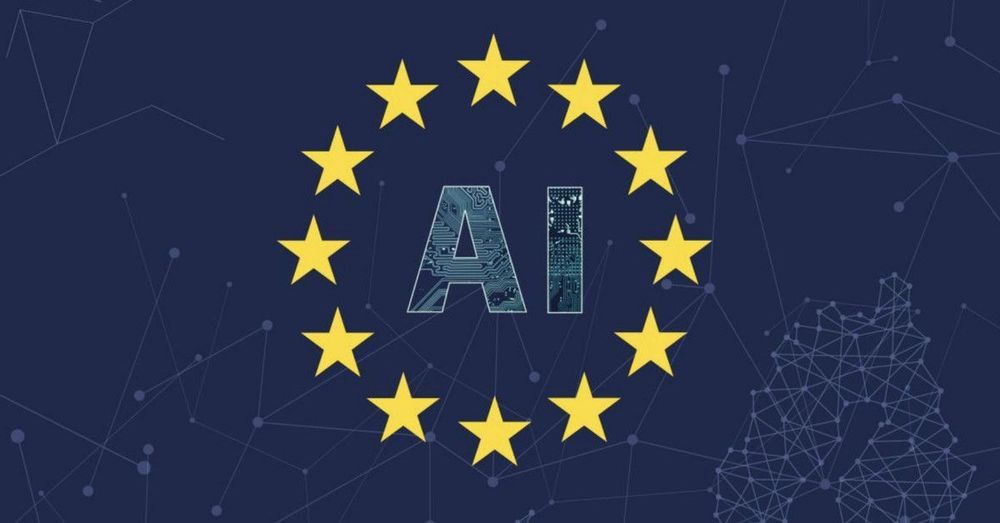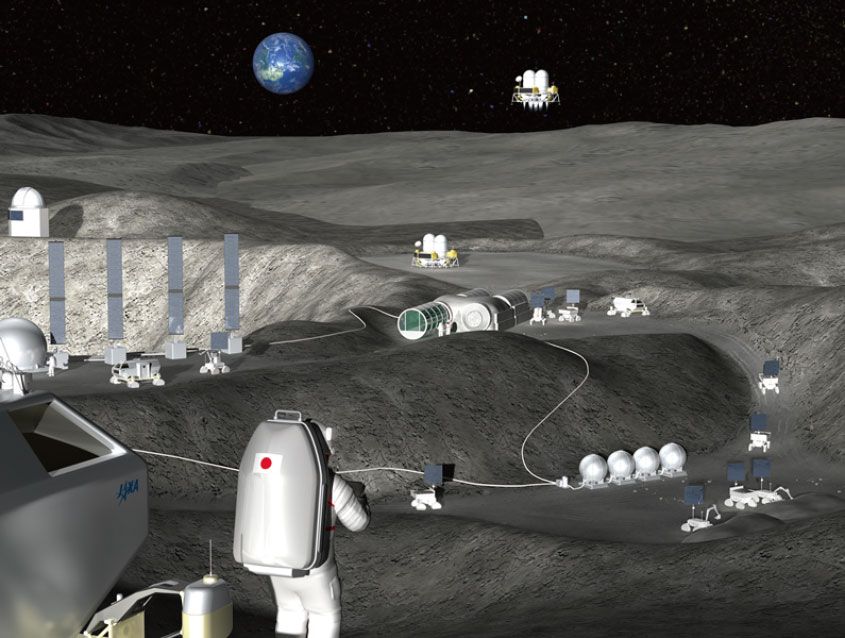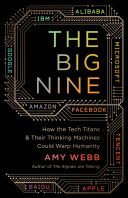
New book calls Google, Facebook, Amazon, and six more tech giants “the new gods of A.I.” who are “short-changing our futures to reap immediate financial gain”.
A call-to-arms about the broken nature of artificial intelligence, and the powerful corporations that are turning the human-machine relationship on its head.
We like to think that we are in control of the future of “artificial” intelligence. The reality, though, is that we—the everyday people whose data powers AI—aren’t actually in control of anything. When, for example, we speak with Alexa, we contribute that data to a system we can’t see and have no input into—one largely free from regulation or oversight. The big nine corporations—Amazon, Google, Facebook, Tencent, Baidu, Alibaba, Microsoft, IBM and Apple—are the new gods of AI and are short-changing our futures to reap immediate financial gain.
Continue reading “The Big Nine: How the Tech Titans and Their Thinking Machines Could Warp Humanity” »
